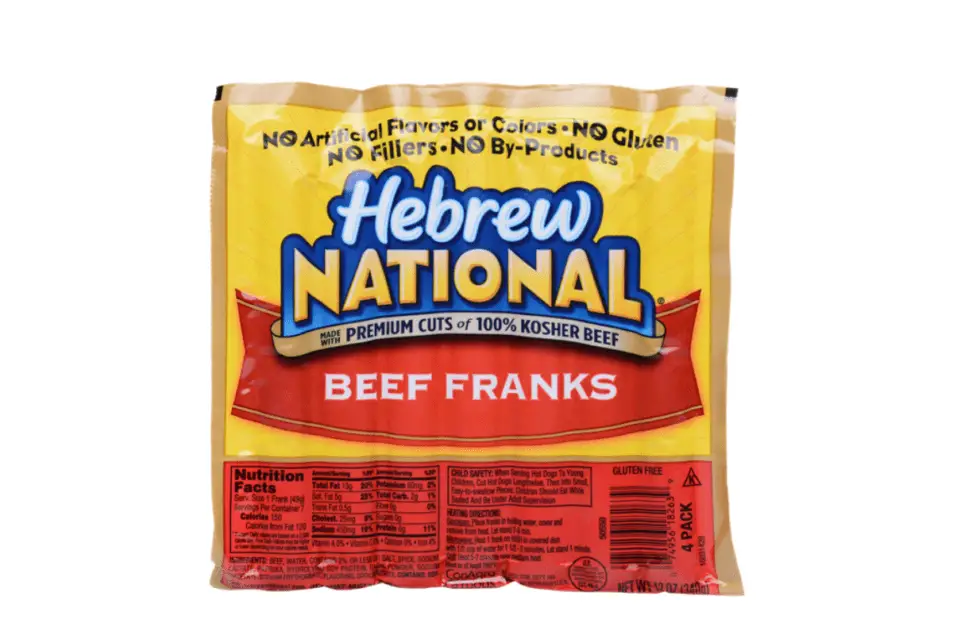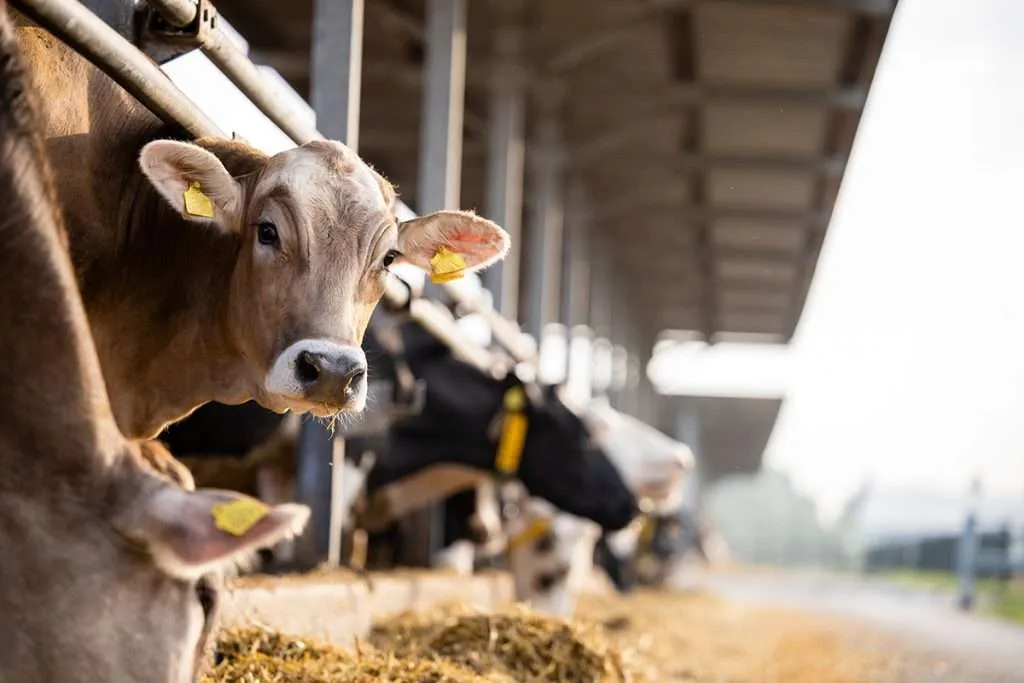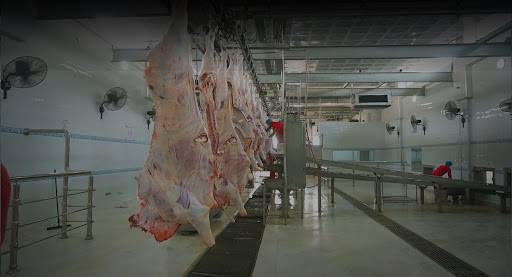Conagra Brands Reports First-Quarter Profit
Conagra Brands reports a 46% profit increase in Q1 2025 despite plant disruptions and lower sales across segments, with a focus on reshaping its product portfolio.
Introduction: Conagra Brands Swings to Profit Amid Mixed Results
Conagra Brands Inc. has reported a significant turnaround in its fiscal 2025 first-quarter earnings, with a profit increase of 46% compared to the same period last year. This recovery comes after a challenging fourth quarter of fiscal 2024, where the company posted a net loss. For the quarter ending August 25, 2024, Conagra’s net income rose to $466.8 million, equal to 97 cents per share, from $319.7 million, or 67 cents per share, a year earlier. Despite these gains, adjusted net earnings dropped, and sales across all business segments showed declines, with production halts at Conagra’s Hebrew National hot dog plant contributing significantly to the negative figures.
Hebrew National Plant Disruption: A Major Impact on Sales
One of the major challenges Conagra faced in Q1 2025 was a temporary manufacturing disruption at its Hebrew National hot dog plant, which occurred during the peak grilling season. The plant’s pause in production resulted in a notable drop in sales for the Hebrew National brand, down by 47% for the quarter.
Sean Connolly, Conagra’s President and CEO, explained that the plant halt led to an estimated $24 million loss in the Refrigerated and Frozen business segment. “While we were able to fully resume plant operations, the temporary manufacturing pause resulted in lost sales,” Connolly said. He further noted that this disruption had a considerable impact on total organic net sales and volume, contributing to a 60-basis-point reduction in total volume and a 90-basis-point reduction in total organic net sales during the quarter.
The timing of the disruption was particularly unfortunate, likened by Connolly to “getting a flat tire on the way to your wedding.” However, he expressed confidence that the majority of the financial impact would be contained within the first quarter.
Refrigerated and Frozen Segment: Struggles and Gains
The disruption at the Hebrew National plant heavily impacted Conagra’s Refrigerated and Frozen segment, one of the company’s key business units. Net sales for the segment fell by 5.7% to $1.1 billion in the first quarter, with a price/mix decrease of 5.8% and a volume increase of just 0.1%. Excluding the Hebrew National brand, the segment’s sales would have dropped by 3.6%, reflecting a more manageable decline.
Despite these setbacks, Conagra managed to gain frozen food dollar share in several key categories, including single-serve meals, multi-serve meals, breakfast, and vegetables. Connolly noted a 1.9 percentage point gain in single-serve meals, the company’s largest frozen category, boosting Conagra’s share in the $6.5 billion single-serve meal market to 51%. “Our investments have enabled us to drive steady share improvement in this category throughout fiscal ’24, and we built upon that success during the first quarter of fiscal ’25,” Connolly said.
Grocery and Snacks Unit: Holding Steady Amidst Declines
Conagra’s Grocery and Snacks segment saw a modest decline in net sales, down 1.7% to $1.2 billion in the first quarter. Organic net sales also fell by 1.9%, driven by a 0.1% decrease in price/mix and a 1.8% drop in volume. Despite the overall decline, the company reported growth in several key snacking categories, including microwave popcorn, seeds, pudding, and pickles.
The snacks portfolio performed particularly well, with a 1.2% volume gain compared to a 0.9% decrease for the overall snacks category. Connolly attributed this success to Conagra’s advantaged portfolio of on-trend, permissible snacking options such as meat snacks, popcorn, and seeds. Brands like Slim Jim, Duke’s, and Angie’s Boomchickapop led the charge in the snacking segment, benefiting from consumer preferences for low-carb, protein- and fiber-rich snacks.
The recent acquisition of Sweetwood Smoke & Co. added the Fatty Smoked Meat Sticks brand to Conagra’s meat snacks portfolio, further bolstering its leadership in the high-margin meat snacks category.
Foodservice and International Segments: Mixed Results
Conagra’s Foodservice segment experienced a sharp decline, with net sales down 7.8% to $267 million and operating profit dropping 20% to $35 million. The company attributed the drop in sales to the lingering effects of the COVID-19 pandemic and the resulting changes in consumer behavior, including reduced restaurant traffic. However, Conagra did manage to sustain its Foodservice margins at pre-pandemic levels, a sign of effective cost management.
In contrast, the International segment posted relatively strong results. While net sales were down slightly by 0.4% to $259 million, organic net sales grew by 3%, driven by gains in price/mix and volume. The Global Exports business performed particularly well, contributing to a 42% rise in operating income for the International segment.
Strategic Outlook: Portfolio Reshaping and Growth Focus
Looking ahead, Conagra remains focused on reshaping its product portfolio to drive future growth and margin expansion. CEO Sean Connolly highlighted the company’s ongoing efforts to modernize its brands, invest in innovation, and explore mergers and acquisitions (M&A). The August acquisition of Sweetwood Smoke & Co. and the divestiture of its majority stake in India-based Agro Tech Foods Ltd. are recent examples of this strategy in action.
“Consumer tastes and habits are constantly changing, and we continuously evaluate opportunities to reshape our portfolio to position the company for further growth and margin expansion,” Connolly explained. He also indicated that Conagra is actively assessing opportunities for value-accretive divestitures or spins to optimize its portfolio.
Conclusion: Conagra’s Path to Recovery
Conagra Brands’ fiscal 2025 first-quarter results reflect both the company’s resilience and the challenges it continues to face. The temporary disruption at the Hebrew National plant, coupled with declines across several business segments, resulted in missed sales targets. However, the company’s ability to maintain profitability, gain market share in frozen foods and snacks, and pursue strategic acquisitions positions it well for the future.
As Conagra continues to navigate the complexities of consumer preferences, production disruptions, and market competition, its focus on portfolio reshaping and innovation will be critical to sustaining long-term growth. With plans for sequential volume recovery and margin improvement in the coming quarters, the company is optimistic about its prospects for fiscal 2025.
For more insights and updates on Conagra’s performance, stay tuned for the next quarterly report.



